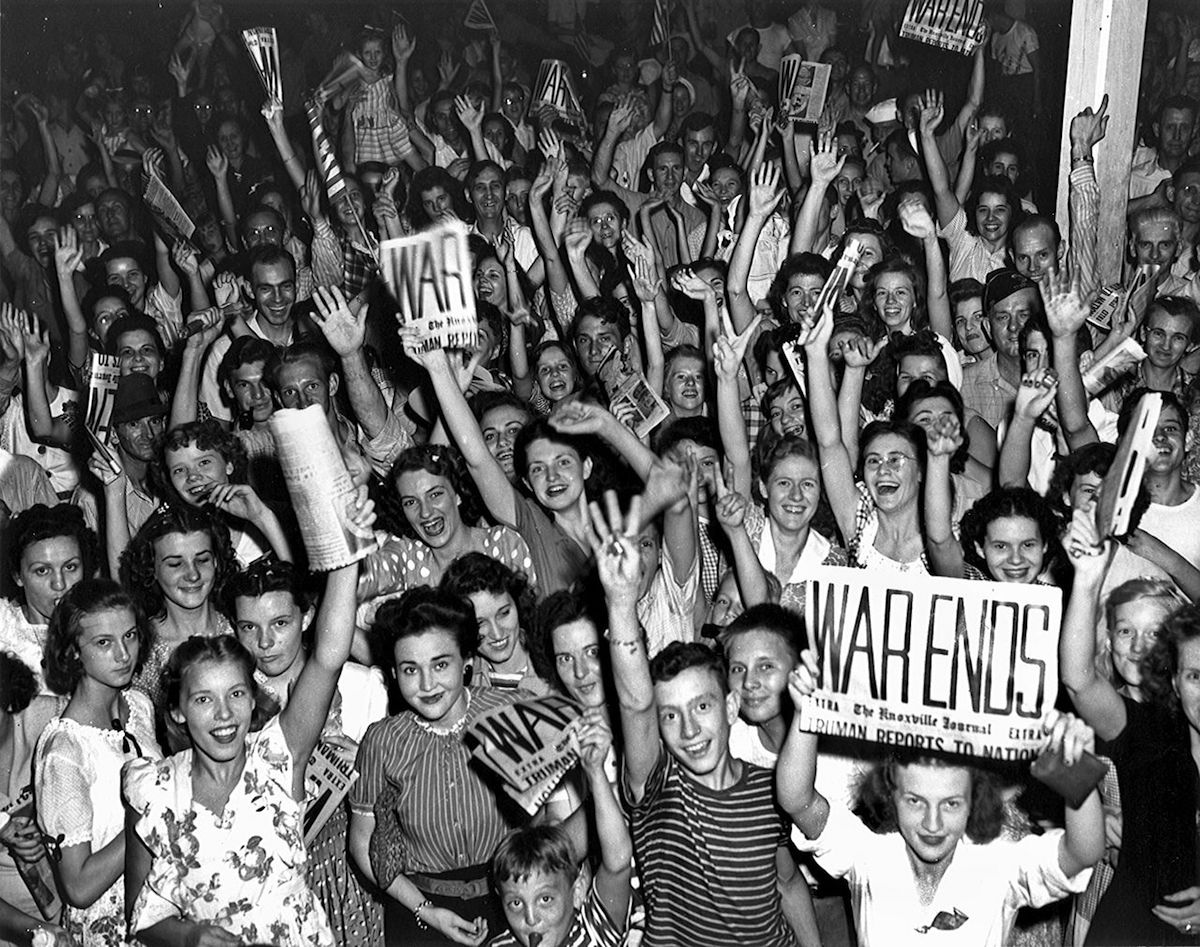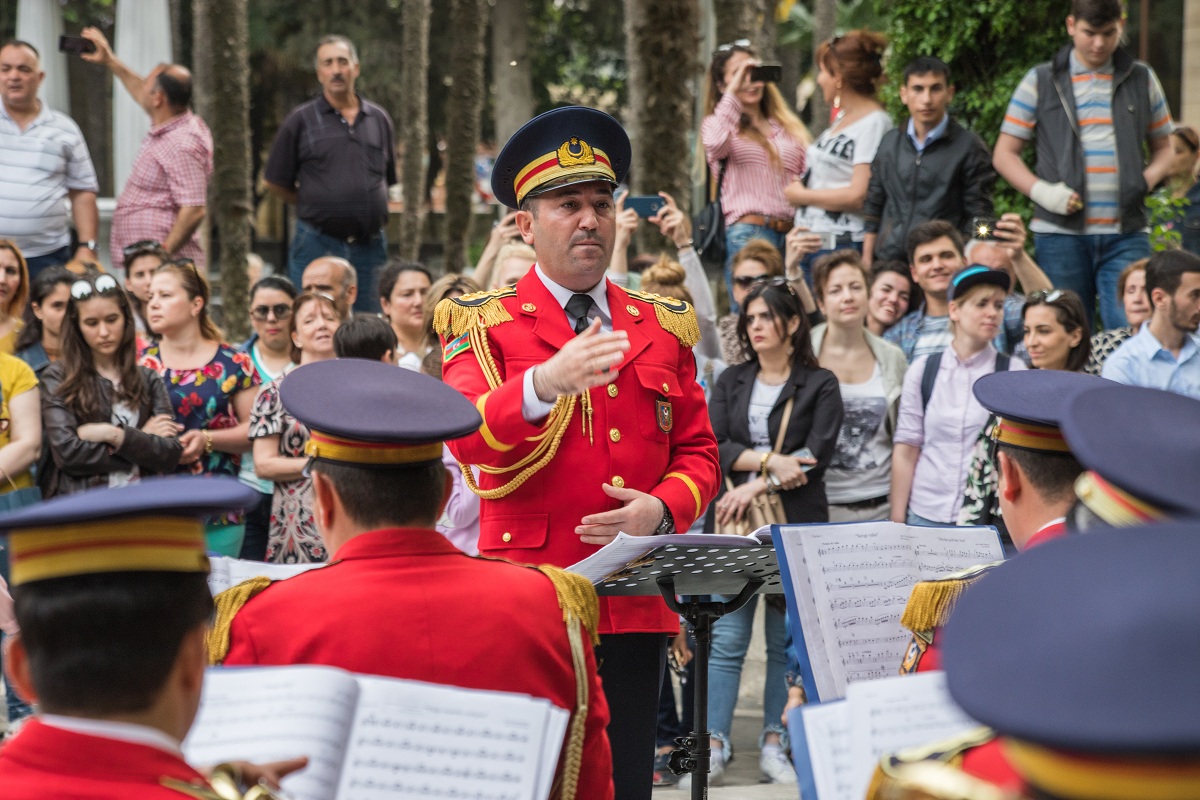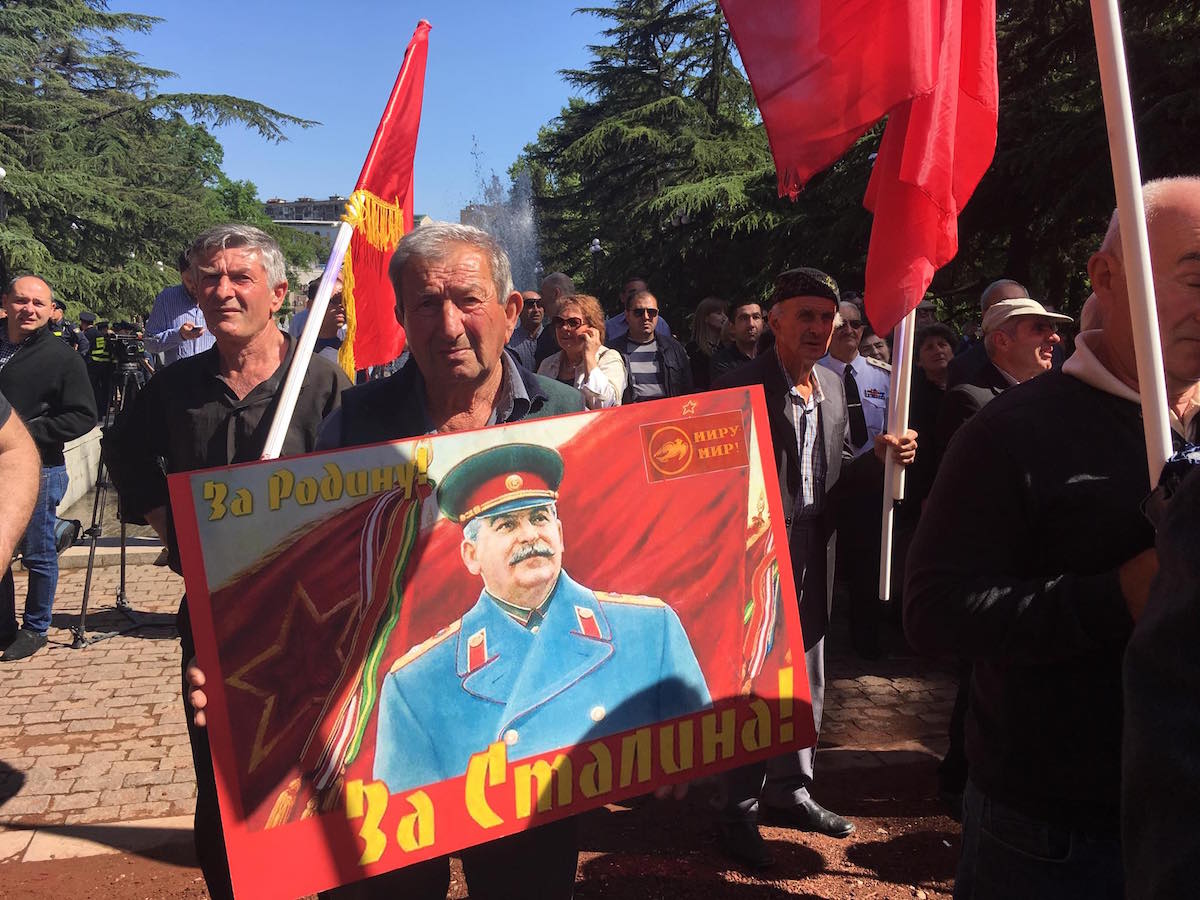WWII: how the Caucasus remembers and celebrates Victory Day
WWII and the Caucasus

Victory Day, which marks the defeat of fascist Nazi Germany in World War II is celebrated around the world on 8 and 9 May.
The surrender agreement, known as the German Instrument of Surrender, was officially signed late at night on 8 May 1945. Because of the time difference, it was already 9 May in Moscow and the Soviet Union, and news of the event only reached the people early in the morning of the next day.
For that reason, Western European countries celebrate Victory Day on 8 May, while post-Soviet countries celebrate it on 9 May.
In Germany, the day is celebrated as the Day of the Liberation from National Socialism.
Across the Caucasus, 9 May is a non-working day. Many cities and villages still have veterans from WWII. JAMnews presents several details on the festivities, people’s reflections on the day and about WWII below. As always, places are listed in the alphabetical order.
How is 9 May celebrated?
In Abkhazia, 9 May is always widely celebrated. In the morning, wreaths were laid by the monument to the Unknown Soldier where a rally was held. Then, a ceremonial march of the Armed Forces of Abkhazia and Russia was held. President Raul Khajimba met with veterans of the Great Patriotic War as it is known in the region.
Many people came out to the boardwalk in Sukhum where little celebratory installations had sprung up and where ribbons of St. George flew from flagpoles. In every city of Abkhazia, a rally of the ‘Immortal Regiment’ is held, during which participants walk around the city with portraits of their loved ones who died during the war.
In Gudauta region in the village of Duripsh, horse races are held on 8 – 9 May.

In Baku, 9 May is celebrated rather modestly. President of Azerbaijan Ilham Aliyev and the First Lady Mehriban Aliyeva met with veterans. A march organised by the Russian ‘Immortal Regiment’ was also held in the city. Many go to the cemeteries on this day. In the evening, a concert will be put on by a military orchestra.
In Yerevan, the day is a triple holiday. The victory in the ‘Great Patriotic War’ is celebrated in addition to the taking of the city of Shusha by Armenian forces in 1992 during the Karabakh conflict. This is also a day that is widely celebrated as the Day of the Formation of the Army of Defence of Nagorno-Karabakh.
The day is celebrated with emotions running high, however this year there is no military parade. There are many people in Victory Park and people are laying wreaths at the eternal flame.

In Tbilisi, a fire was lit near the memorial of the unknown soldier, as is always done on 9 May. Vetereans gathered in Vake Park in the morning, and they were greeted there by the PM, the president, the mayor of Tbilisi and other politicians. Aside from the official celebrations, the ‘Immortal Regiment’ march took place in three cities in Georgia: Tbilisi, Batumi and Gori. Georgia has a very ambiguous attitude towards the march.

The ‘Immortal Regiment’ march was organised by pro-Russian Georgian socialist, communist and so-called ‘Stalinist’ oranisations. The leader of this movement, Valery Kvaratskhelia, is known for his openly pro-Russian and anti-Western beliefs and publicly declares his love for Stalin.
Several days before 9 May, Georgian socialists received an official letter from the State Security Office of Georgia in which they were warned not to violate the law and not to use communist symbols during the march. According to the Charter of Freedom, Soviet symbols cannot be publicly displayed in Georgia.
However, during the marc,h the symbols still made an appearance. The participants of the march were few, just a few dozen people, and mostly Georgian socialists and communists. They came out onto the streets with Soviet flags and with portraits of Stalin. There were also children present wearing Pioneer ties which had the words “Stalin! Victory! Socialism!” imprinted on them.
In South Ossetia, a parade was accompanied by a Russian military orchestra. An ‘Immortal Regiment’ march was also held. In all the churches memorial services were held for those who died in the war. At 7 pm, a moment of silence will be observed. The day will end with a concert and fireworks.
Veterans of WWII and how they live
In Abkhazia, there are about 60 veterans left from WWII. They all receive Russian pensions, the equivalent of about $200. They also have the same benefits and privileges that veterans in Russia have: free medical treatment, medicine, paid vacations and free use of transport.
In Armenia, there are some 400 veterans left from the war. Since 1999, a law “On the veterans of the Great Patriotic War” has dictated veterans affairs and which gives veterans the right to free medical care, transport, free prothestics and trips to sanatoriums. They pay only half of their utility bills. Because pensions across the country are not very high, the veterans are still dependent on their families.
In Azerbaijan, there are 460 former soldiers who fought in WWII. Their pensions depend on where they served. For example, a pilot receives about $600, while a regular soldier would receive about $100. Every year on 9 May, veterans receive a one-time handout. Veterans received about $600, while workers in the rear and widows received $300.
They have no other privileges or benefits. Sometimes they receive gifts from the state, such as apartments or cars. For example, in 2012, 695 veterans received Azerbaijani cars. However, veterans in Azerbaijan are also very dependent upon their families.
In Georgia, there are around 680 veterans left from WWII. Their pensions are also dependent upon where they served and range from $80 – $250 a month. They receive aid for paying their utility bills to the amount of about $20. Those who live in Tbilisi are able to use transport for free. In the run up to May 9, veterans of the war generally receive a one-time handout. This year, it was around $240. On the order of the president, this year veterans will receive a voucher for medicines of about $55.
In South Ossetia, there are 24 veterans from WWII. They have the same privileges and benefits as veterans in Russia: free medical treatment, medicine, vacations and free transport.
What does the public think of the holiday?
In Abkhazia, 9 May is widely celebrated and loved. Thousands of people join in the celebrations with pleasure. Children put on presentations in school and recite poems. The media and public speak about 25 Heroes of the Soviet Union that were from Abkhazia.
In Armenia, the public thinks rather positively of the holiday. This day was always a day for pride, and to remember that there were 64 generals, four marshals and one admiral that were of Armenian origin that served in the army during WWII.
In Azerbaijan, the festivities are somewhat toned down. The media and public discuss Azerbaijan’s contribution to the war effort and the defeat of fascism. Routinely, many fume about Armenia celebrating 9 May as the day it seized the town of Shusha in Karabakh during the Karabakh war. For Azerbaijan, 9 May is the day of the fall of Shusha.
In Georgia, 9 May is not widely celebrated. This day is used to speak warmly of veterans and the media speak about Georgia’s part in WWII. However, the public often says that the Soviet Union was no less evil than the war itself and that to romanticise Victory Day is misguided. Symbols associated with Russia – such as the ribbon of St. George and the Immortal Regiment march – are looked at negatively.
In South Ossetia, 9 May is one of the main holidays and all of society comes out to participate. Many families hold feasts at home on this day.
And briefly about Russia.
There are some 107,000 veterans of WWII left in Russia. Most of them live poorly on an average-sized pension and are completely dependent upon their relatives, if they have any. This year, the state gave them a one-time handout of 120 euros.
Russian society is divided upon how to celebrate the day: some believe 9 May should be celebrated as a holiday of victory, while others believe it should be a day to mourn the loss of those who died in the war.


















